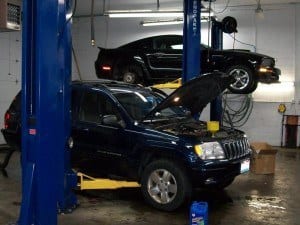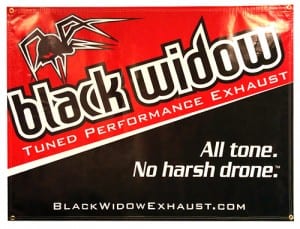 At the end of a useful life, shocks and struts are replaced usually around 80,000 miles for struts and 50,000 miles for shocks. These are approximate intervals that may vary, depending on the type of driving and the quality of the shock or strut installed. Usually, a good test is to push sharply down on the vehicle near the rear or front, then release to see if the vehicle continues bouncing. This bouncing energy will be absorbed by good shocks and struts and quickly level the car.
At the end of a useful life, shocks and struts are replaced usually around 80,000 miles for struts and 50,000 miles for shocks. These are approximate intervals that may vary, depending on the type of driving and the quality of the shock or strut installed. Usually, a good test is to push sharply down on the vehicle near the rear or front, then release to see if the vehicle continues bouncing. This bouncing energy will be absorbed by good shocks and struts and quickly level the car.
You should also change shocks and struts if any of the components are broken or there is visible oil leaking from them. Shocks use oil to absorb the impact of crossing uneven surfaces or hitting potholes. The oil is kept in place by seals, but over time, they may become dislodged and dry, allowing the oil to seep through the seal and leak onto the shock or strut’s exterior.
Also, over time, the components of a strut or shock may wear out and break. Typically, the spring around the strut breaks along the coil. The area where the shock or strut is mounted onto the chassis wears, causing a clunking or rattling sound when driving over uneven roads. The piston also eventually rusts, preventing the strut or shock to travel freely.
Visit us at Kevin’s Car Repair in Westerville, OH to have your shocks and struts inspected. Our other services include alignment, wheel mounting, diagnostic testing and much more. We specialize in Volkswagen and Audi repairs.



